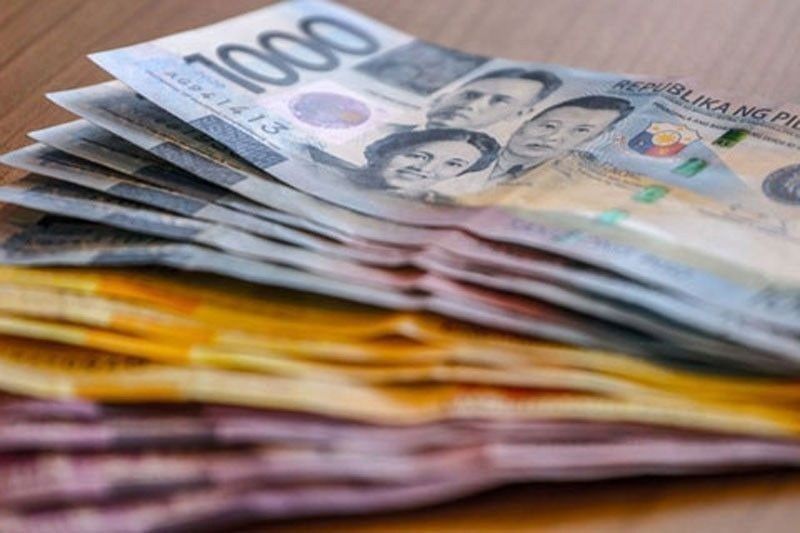Debt payments swell BOP gap to 17-month high

MANILA, Philippines — The Philippines recorded a balance of payments (BOP) deficit for the fourth straight month, hitting a 17-month high of $1.82 billion in July, according to the Bangko Sentral ng Pilipinas (BSP).
Last month’s shortfall was a reversal of the $642 million surplus recorded in the same month last year and was the highest since the $2.02 billion deficit recorded in February last year.
“The BOP deficit in July 2022 reflected outflows arising mainly from the national government’s foreign currency withdrawals from its deposits with the BSP to settle its foreign currency debt obligations and pay for its various expenditures,” the BSP said.
The BOP is the difference in total values between payments into and out of the country over a certain period. A deficit means that more dollars flowed out to pay for the importation of goods, services and capital than what came in from exports, remittances from overseas Filipino workers (OFWs), business process outsourcing (BPO) earnings and tourism receipts.
With the huge shortfalls in the past three months, the country’s cumulative BOP deficit almost quadrupled to $4.92 billion from January to July compared to $1.3 billion in the same period last year.
“Based on preliminary data, the cumulative BOP deficit reflected the widening trade in goods deficit,” the BSP said.
Latest data from the Philippine Statistics Authority (PSA) showed the country booked an all-time-high trade deficit of $5.84 billion in June, 76.5 percent wider than the $3.33 billion shortfall recorded in the same month last year.
Exports inched up by one percent to $6.64 billion from $6.57 billion, while imports jumped by 26 percent to $12.49 billion from $9.91 billion.
This translated to a 65.9-percent jump in the trade deficit to $29.79 billion in the first half from $17.95 billion in the same period last year.
In the first semester, exports rose by 7.1 percent to $38.53 billion from last year’s $35.97 billion, while imports surged by 26.7 percent to $68.32 billion from $53.93 billion.
The BSP said the country’s foreign exchange buffer fell below $100 billion as it declined to $99.8 billion as of end-July from $100.9 billion as of end-June.
Despite the drop, the present GIR level is more than adequate external liquidity buffer, equivalent to 8.3 months’ worth of imports of goods and payments of services and primary income.
The GIR level is also about 7.2 times the country’s short-term external debt based on original maturity and 4.6 times based on residual maturity
Earlier, the Monetary Board raised its BOP deficit forecast to $6.3 billion or 1.5 percent of gross domestic product (GDP) for this year but retained it at $2.6 billion or 0.6 percent of GDP for next year in view of the recent buildup in external risks.
These include the downgraded global growth outlook following the escalation of the Russia-Ukraine conflict and its international ramifications, most notably the increase in food and fuel prices.
- Latest
- Trending






















